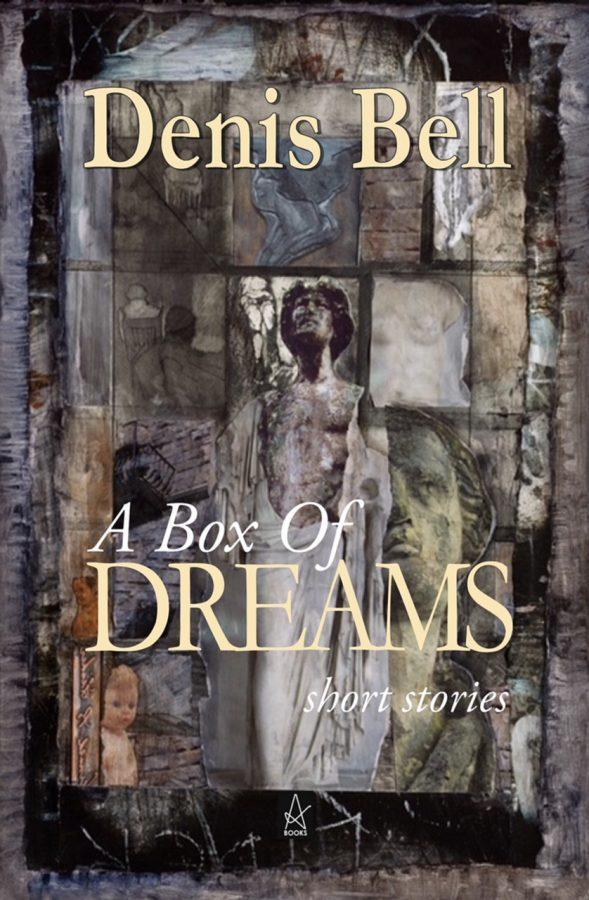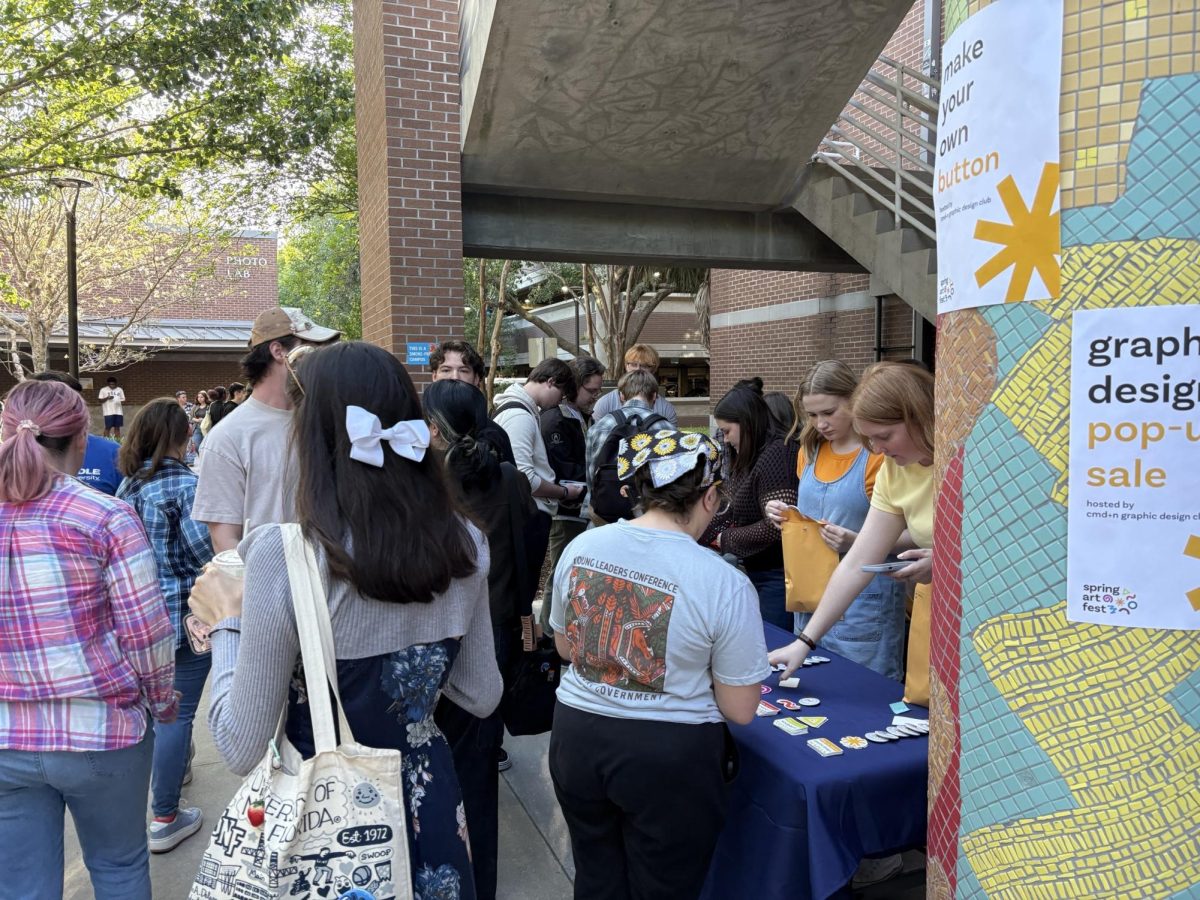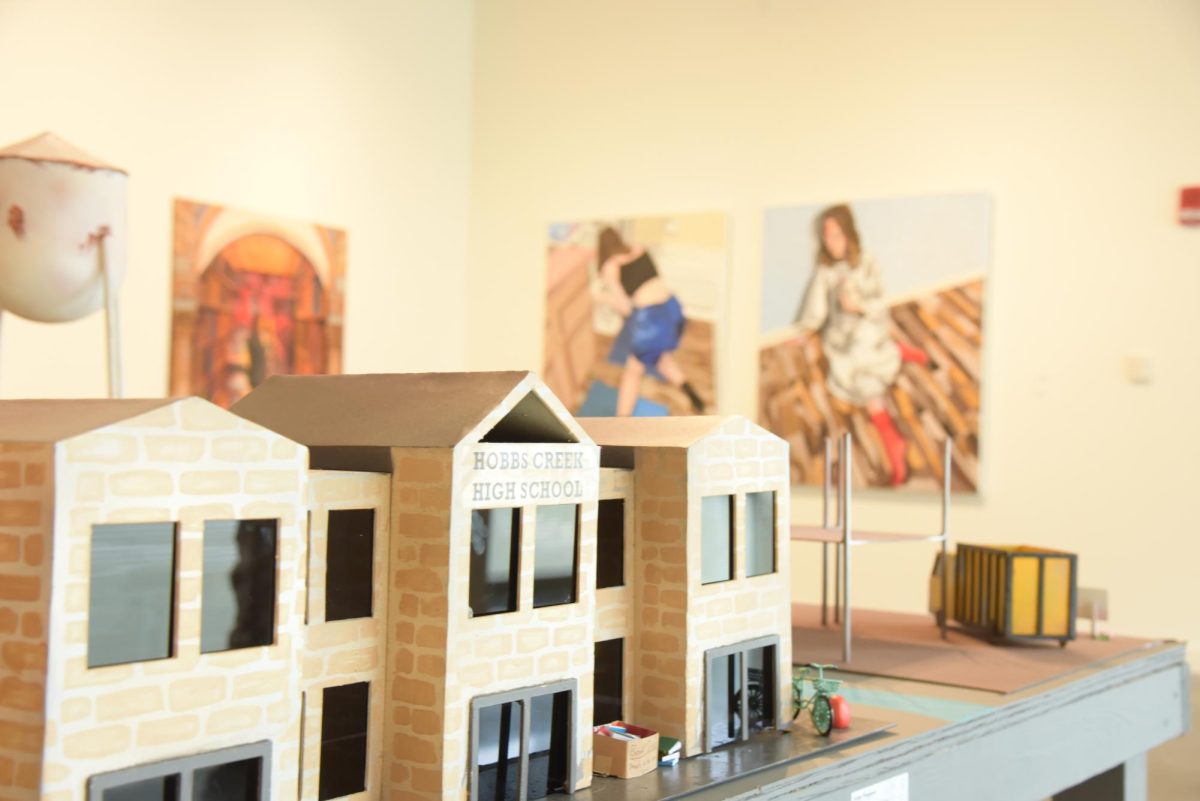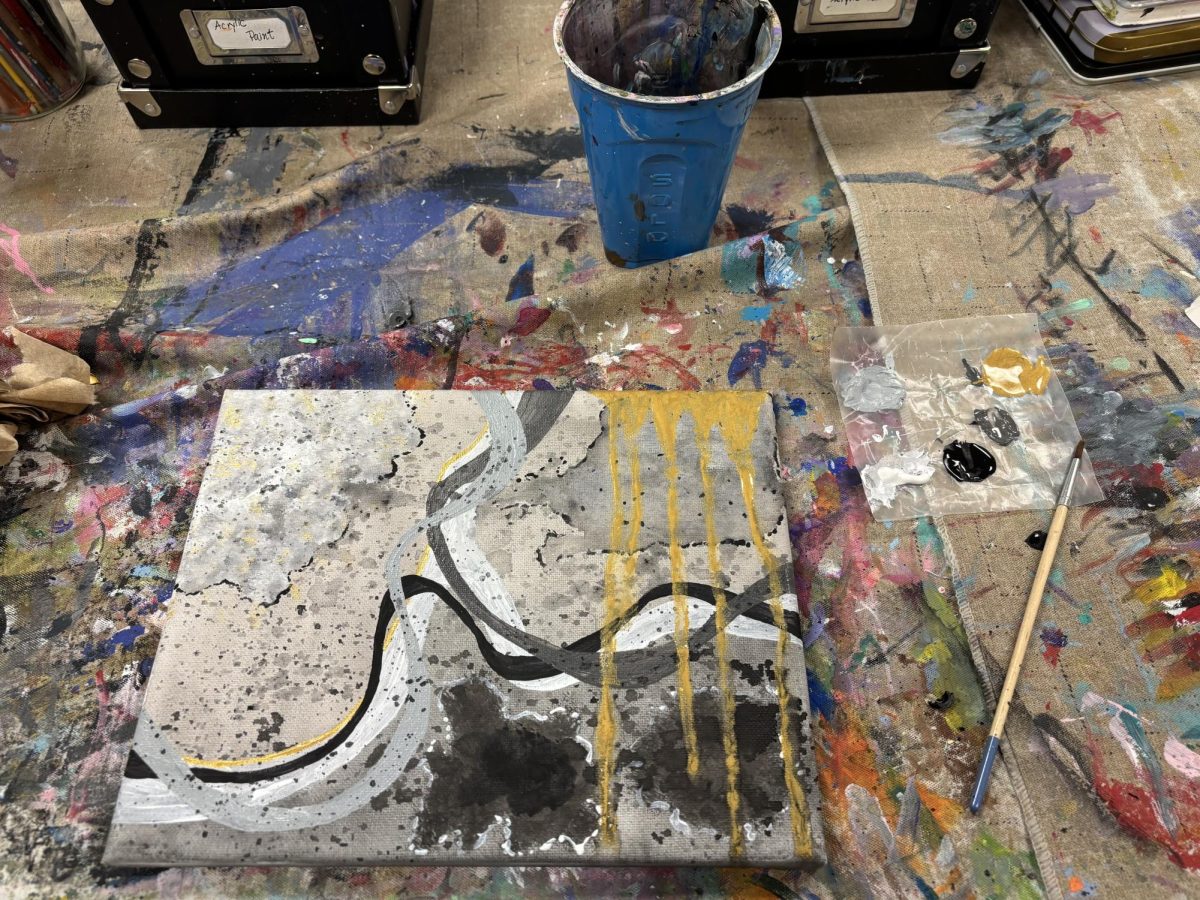Are you more mathematically inclined, or more artistically inclined?
While most people consider themselves only one or the other, UNF Professor of Mathematics and Statistics Denis Bell embodies both. Bell teamed up with Professor Louise Brown of the UNF Art and Design Department to publish a book of short stories and illustrations.
Spinnaker spoke with Professors Bell and Brown to find out more about their creative processes.
Spinnaker: Can you tell us about the stories you’ve been writing?
Bell: They’re mainly very short, a lot of them are called “flash fiction,” so they may be pieces less than 500 words and some may be longer ones, like four to five pages. There’s a mixture. One is two lines…I think the longest is six pages.
Spinnaker: Is your book, A Box of Dreams, already published?
Bell: Yes, and there’s a hardcover version coming out hopefully this month or next month.
Spinnaker: What would you say your plans are moving forward for publishing? Are there more stories you are looking to publish?
Bell: There have been two or three stories since this book has been published, and I’m hoping to get them into the hardcover edition. But anyway, I’m working on more stuff.
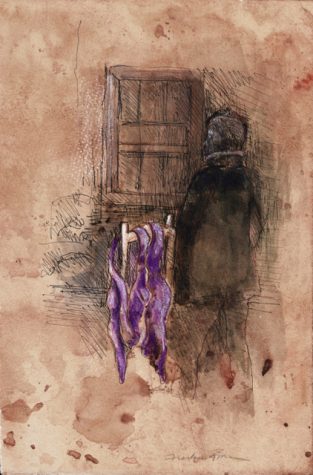
Spinnaker: How did you team up with Professor Brown for your illustrations and cover?
Bell: We met at the Dean’s Search Committee, it must have been 20 years ago.
Brown: When he was [writing one of the stories], I read the story and I sent him two images and I figured he would pick [one].
Bell: I looked at some of her stuff online. Her art really jived with the ideas I had, so I asked [her] if she would do the illustration for the story, and it was published.
Brown: This must have been two or three years ago.
Bell: So, when I got the book on track, I figured I really wanted to write a story book that had art, too. I figured I’d ask [Professor Brown] if she wanted to do the illustrations.
Spinnaker: Can you tell me what the artistic process was like for you in terms of selecting what to use out of the stories as inspiration for the illustrations?
Brown: It was very interesting because some images actually already existed. I would read the stories and I would send him two or three images that I thought he would like and he would select one. But some of the stories I didn’t have anything for, so I’d read the stories and he’d tell me sort of what he wanted. I’d say about half of them I just came up with them for the stories.
Bell: More than half was original artwork for this book.
Brown: There was actually one where I sent him the image and he wrote the story for it.
Bell: It inspired me, so it worked the other way around!
Spinnaker: How did you get into writing?
Bell: Well, it’s kind of a strange thing. I was terrible at writing anything when I was in school. It took me three attempts to pass my English O Level (in England that’s like the SAT). I was traumatized by it… But about five years ago my daughter was reading a book called The Machine of Death. A bunch of writers sent into this [book] and they were all published, so I figured maybe I could write something. I sat down and wrote this story… and it was terrible, but I thought it was good! So I sent it in to journals and things and everyone rejected it. But once I started writing, I thought, “I like writing.” And I kept other ideas and wrote other stories. Eventually I started getting accepted. After awhile, I had about 20 or 30 stories and I figured, why not try to write a book? Now writing is really natural to me.
Spinnaker: What is your writing process like?
Bell: Usually I don’t have any specific story. I just sit down and type and some stuff comes out. I like some stuff, I delete some stuff, other stuff I just add. And usually something emerges that I’m fairly okay with.
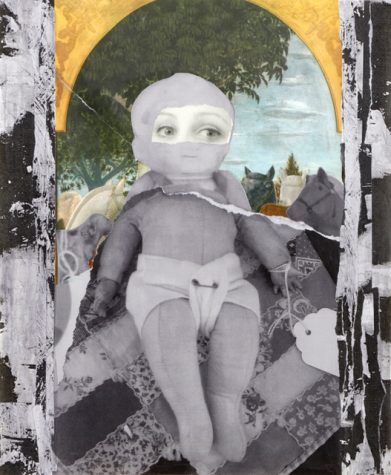
Spinnaker: How long would you say it takes you to write a story?
Bell: I write the original draft in about an hour or so… and spend about the next five years revising!
Spinnaker: What is it like to be a math professor who writes? You don’t always find somebody who considers themselves to be both a math and an art person.
Bell: I try to diversify myself. I do like to consider myself more diversified now. I find similarities between recession math and the kind of stories I write. You have an idea and an intense focus on something, so you try to develop it from a premise to a conclusion. These stories are like that.
Brown: Being on that committee with [Professor Bell] was fascinating because we started talking about art and math. And here he’s talking about math in the same way I talk about art!
Bell: My mind isn’t very visual, but it is analytical. For me, math is like an artistic process.
Spinnaker: Do you have any advice for students who perhaps don’t see themselves as writers or would like to try their hand at writing?
Bell: I would say if you’ve got some idea, just write. Just write. You can always change things up, you can always delete things. Just write.
Bell will hold a book reading at Chamblin’s Uptown on Saturday, Jan. 13 from 1 p.m. to 3 p.m.
Brown’s art can be found on her website.
Bell’s writing can be found on his website and his book can be purchased here.
__
For more information or news tips, or if you see an error in this story or have any compliments or concerns, contact editor@unfspinnaker.com.




